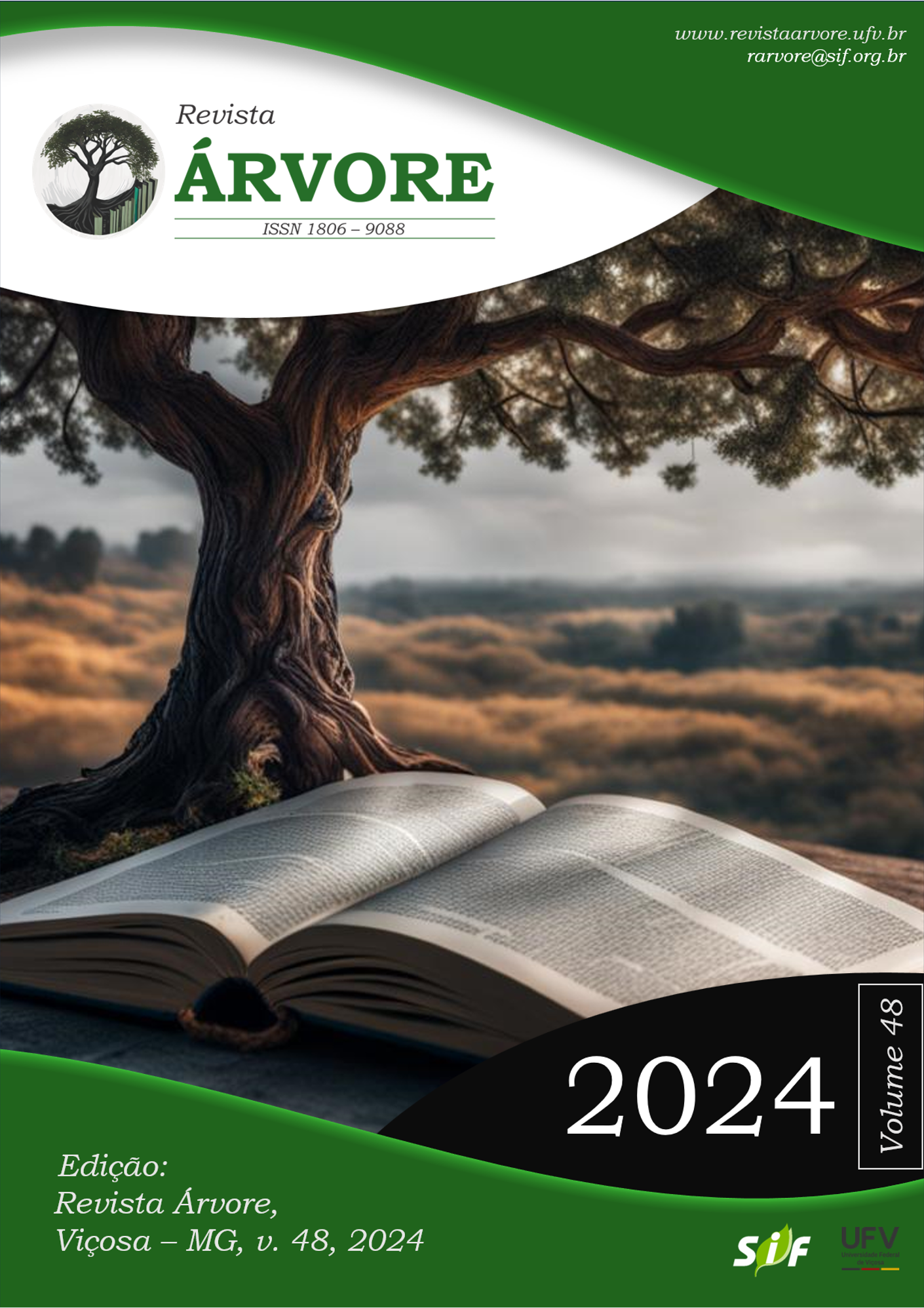How might climate change affect the distribution of velame Croton heliotropiifolius?
DOI:
https://doi.org/10.53661/1806-9088202448263766Keywords:
Predictive distribution modeling, Velame, MaxEntAbstract
Velame, Croton heliotropiifolius, is an important plant for the production of special honeys in the Brazilian semi-arid region. However, the distribution of many plant species such as velame might be affected by climate change. The aim of this study was to estimate the distribution of C. heliotropiifolius in Brazil under different climate change scenarios using predictive species distribution modeling. We made estimates for the years 2050 and 2070, in pessimistic and optimistic climate change scenarios using climate data from worldclim.org and species occurrence records from specieslink.net and gbif.org. Using the MaxEnt algorithm and the wallace package, we conducted predictive distribution modeling with occurrence and climate data associated with GIS. We divided areas according to their suitability for the occurrence of velame - inadequate, low suitability, medium suitability and high suitability. We then compared the predicted values with present data. In all future scenarios, the areas of low and medium suitability grew by more than 100% compared to the present. The areas of high suitability, on the other hand, undergo a slight reduction in the optimistic scenarios of 2050 and 2070, and in the pessimistic scenario for 2050. However, the pessimistic scenario for 2070 indicates a 19.6% increase in area compared to the present. This shows that in the pessimistic scenario for climate change, occurrence area under optimal conditions would shrink in 2050 and then expand in 2070. Although the results may sound promising for this species, they also indicate an expansion of the semi-arid climate, which may not necessarily benefit honey production.
Keywords: Predictive distribution modeling; Velame; MaxEnt
Downloads
Published
How to Cite
Issue
Section
License
Copyright (c) 2024 Revista Árvore

This work is licensed under a Creative Commons Attribution 4.0 International License.
All authors agreed to submit the work to Revista Árvore and granted the exclusive license to publish the article. The authors affirm that it is an original work and has not been previously published elsewhere. The scientific content and opinions expressed in the article are the sole responsibility of the authors and reflect their opinions, not necessarily representing the opinions of the editorial board of Revista Árvore or of the Society of Forest Investigations (SIF).
Funding data
-
Conselho Nacional de Desenvolvimento Científico e Tecnológico
Grant numbers 400904/2019-5;423939/2021-1;311665/2022 -
Fundação de Amparo à Pesquisa do Estado de Minas Gerais
Grant numbers APQ-00932-21;APQ 03100-21;RED-00039-23;APQ-02806-22;APQ-03364-21;APQ-01151-22;APQ-01822-21 -
Coordenação de Aperfeiçoamento de Pessoal de Nível Superior
Grant numbers 88887.837988/2023-00 - Finantial Code 001








